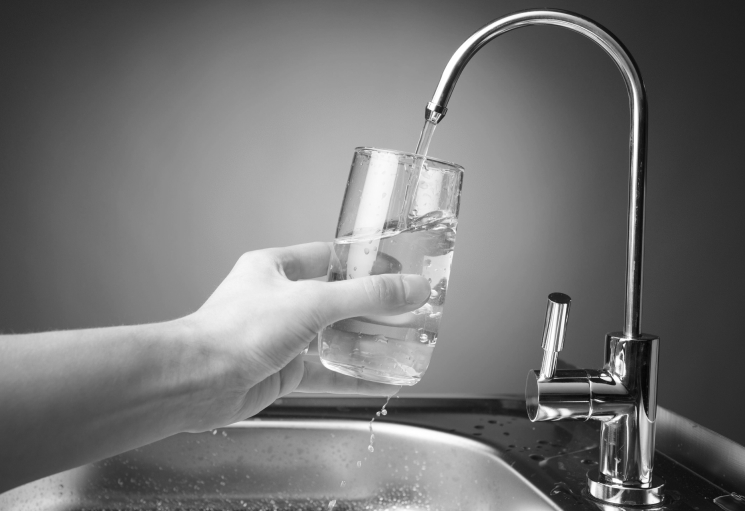
Testing your water is the best way to learn whether there is lead in it or not. Homes built more than 40 years ago have a greater risk of having lead in the water because they are more likely to have lead plumbing. Lead was used as a material for manufacturing water pipes until 1975 and in the solder used to join pipes until 1986. Until 2014, faucets and hardware could contain up to 8% lead.
In this article, we’re going to walk you through the process of finding out if you have lead pipes or not, and then what can be done to resolve the issue.
Risk From Lead In Water
First thing’s first, let’s take a closer look at the dangers of having lead in your drinking water.
Did you know that no safe level of lead in the bloodstream has been identified for young children? Due to this, it is highly recommended that all sources of lead exposure be controlled if not eliminated. In fact, lead can be harmful to the human health at any level, as it can accumulate in the body over time. The risk is dependent on the individual, chemical conditions of the water and the amount consumed.
Scientists agree that no level of lead that is considered safe, and Health Canada recommends reducing levels as much as possible. Lead exposure, even at low levels, is especially risky for fetuses, babies and young children because it can interfere with brain development.
How Do I Find Out If I Have Lead Pipes?
You can look at the pipes and solder joining pipes anywhere they are visible in your home. Lead is grey in colour, will not attract a magnet and can be easily scratched with a knife or key. The scratches will appear silvery rather than coppery.
How Do I Get My Water Tested For Lead?
You can visit your local Public Health office for a home sample kit to test your water for lead. There are also private, accredited laboratories that will test household drinking water for lead for a fee.
To measure the maximum amount of lead your family may be exposed to, sample the water after a minimum six-hour stagnation period, during which no faucets or showers in the building have been used or toilets flushed — usually first thing in the morning or after returning from work. Lead leaching is highest in July and August when the pipes are warmest.
How Can I Reduce My Family’s Exposure To Lead?
Water Depot offers several home water treatment solutions for reducing lead in your family’s drinking water. Our Reverse Osmosis systems are an effective way to reduce lead in your drinking water.
Your Local Water Depot
Did you find the information in this article helpful or useful? Visit our blog and resource centre online for more information about your drinking water and the solutions available to you to improve the quality. To learn more about the water treatment systems for sale, visit your local Water Depot store today.







